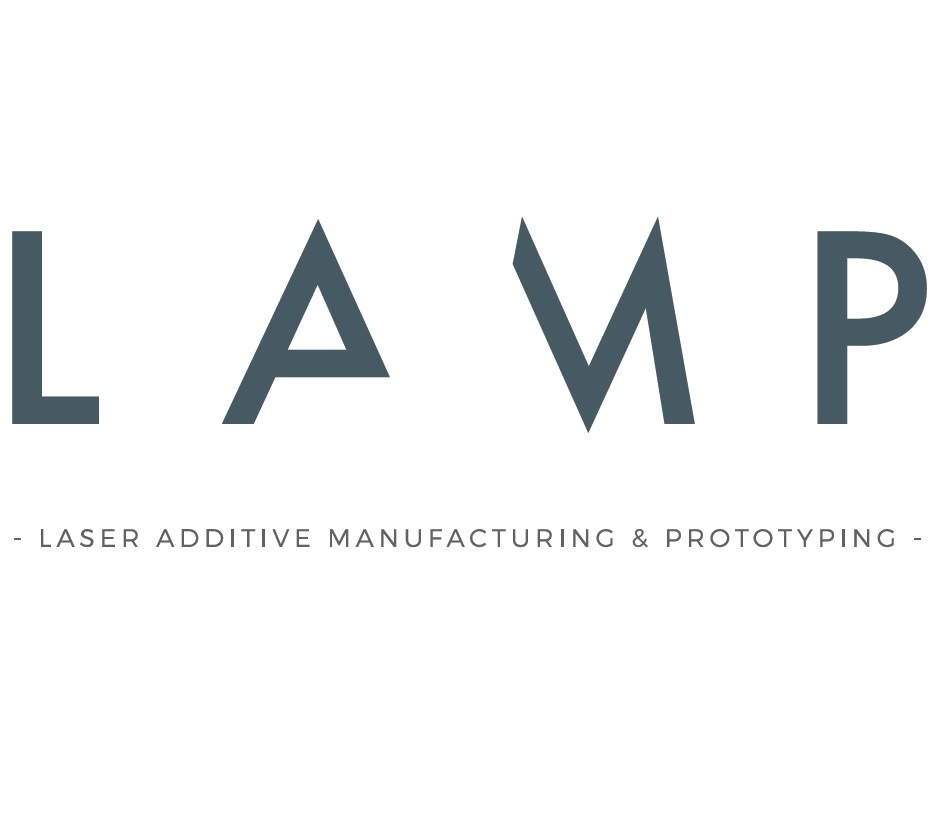 AM is a technical innovation with the potential to turn around the way in which companies manufacture end-products and do business, giving a new shape to both internal and external processes (concerning the firm-client relationship). As a matter of facts, its market, consisting of all products, materials and services, was worth around 3.07 billion USD in 2013 and is expected to show a double-digit growth in the next decades. There is also a strong commitment by the public sector to push forward the development of AM. This is proven by the huge funding that the European Union, through the so-called Horizon 2020 program, is providing to foster research into this emerging technology.
AM is a technical innovation with the potential to turn around the way in which companies manufacture end-products and do business, giving a new shape to both internal and external processes (concerning the firm-client relationship). As a matter of facts, its market, consisting of all products, materials and services, was worth around 3.07 billion USD in 2013 and is expected to show a double-digit growth in the next decades. There is also a strong commitment by the public sector to push forward the development of AM. This is proven by the huge funding that the European Union, through the so-called Horizon 2020 program, is providing to foster research into this emerging technology.
As it represents a disruptive innovation, crucial to be embraced in order to stay on the market, as well as a potentially profitable field, AM is sparkling the interest of large machine manufacturers. However, the highly competitive environment, together with the existing problems related to intellectual properties and issues concerning the technology readiness level, make it difficult for new actors to enter the market. In this framework, the LAMP Project aimed to provide a comprehensive picture of the present situation and future evolutionary trends of metal AM to its industrial partner Prima Industrie, which is planning to enter the market in the next few years.
This objective has been accomplished by pointing out the requirements of the manufacturing industry, developing a detailed analysis of the State of the Art (SoA), which focused on AM history and main patents, AM processes, currently available machines, metal powders, properties of 3D-printed parts, fields of applications, software, costs and economics. The team also gathered information about the challenges that companies already involved in metal AM are facing with the current technology. However, industrial exploitation of SoA technology is facing several issues in satisfying stakeholders’ needs, as it is limited by technological trade-offs.
The “machine of the future” concept was developed in order to break the existing trade-offs, thus leading AM to get acceptance in new markets and by new industries, boosting the metal 3D-printing business. However, for the LAMP concept to become technologically feasible, fundamental breakthroughs have to be achieved in different fields, such as the laser one, through advances in research and development.
Principal Academic Tutor
Guido Perrone, Department of Electronics and Telecommunications, Politecnico di Torino
Academic Tutors
Barbara Previtali, Department of Mechanical Engineering, Politecnico di Milano
Paolo Fino, Department of Applied Science and Technology, Politecnico di Torino
Mario Guagliano, Department of Mechanical Engineering, Politecnico di Milano
Sara Biamino, Department of Applied Science and Technology, Politecnico di Torino
External institutions
Prima Industrie’s Group
External tutor
Maurizio Gattiglio, Prima Industrie
Paolo Calefati, Prima Power
Team members
Veronica Bianchi, Biomedical Engineering, Politecnico di Torino
Arianna Decaneto, Management, Economics and Industrial Engineering, Politecnico di Milano
Felipe Hernández Villa-Roel, Design & Engineering, Politecnico di Milano
Francesco Maja, Mechanical Engineering, Politecnico di Torino [Communication Coordinator]
Gianluca Nicosia, Electronic Engineering, Politecnico di Milano [Team Controller]
Andrea Pavanello, Design & Engineering, Politecnico di Milano
Diego Pintossi, Materials Engineering, Politecnico di Milano
